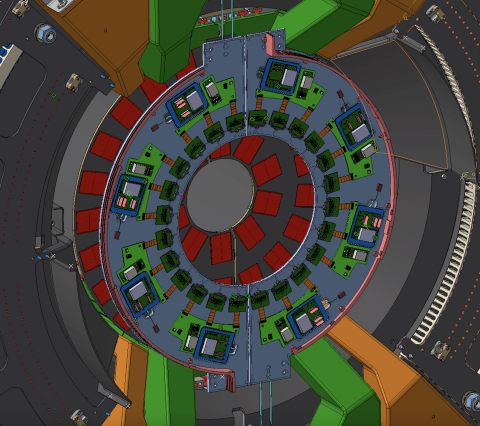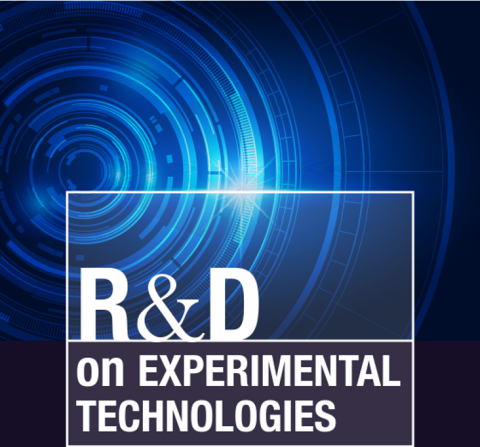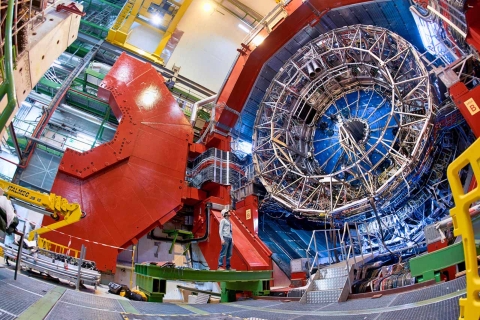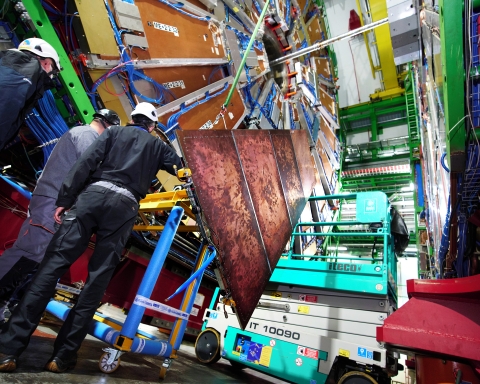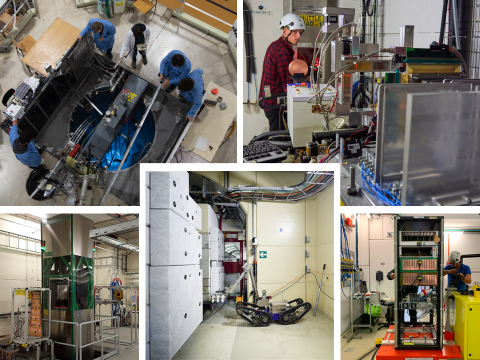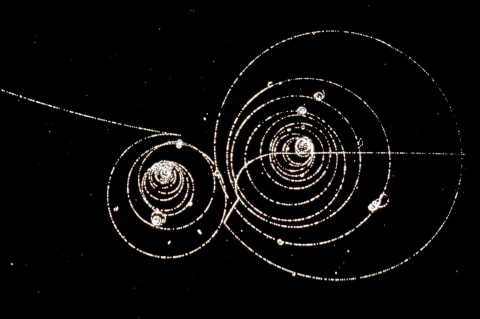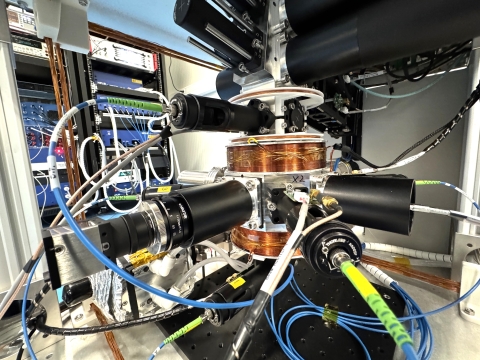January 2025 - March 2025
CMS Launches New Monthly Newsletter: Le Point Cinq
The CMS collaboration is excited to announce the launch of its new monthly newsletter, "Le Point Cinq." This fresh communication channel will provide regular updates on CMS physics highlights, the progress of upgrade projects, and essential…
Read moreA word from the EP Department Head - March 2025
Dear colleagues in EP, I hope this message finds you all well. The skiing season nears its end and spring is coming. This is also the time when the accelerators and experiments at CERN get ready to start the data-taking period for the year. The…
Read moreExploring New Frontiers in Light Dark Matter Searches: The Latest NA64 Proposal
The quest to understand the nature of dark matter remains one of the most compelling challenges in modern physics. The NA64 experiment (see Fig. 1) at CERN’s Super Proton Synchrotron (SPS) has been at the forefront of efforts to explore dark sector…
Read moreProbing Noise Sensitivity in FBCM: From ASIC Design to EMC Testing Teaser:
Sketch of the FBCM location behind the last disk of the inner tracker (left) and a zoom to the two FBCM half discs forming a ring around the beam pipe with a detailed representation of the components on each service quadrant (right). The accuracy of…
Read morePushing the Frontiers of Detector Innovation: EP R&D Programme
The Experimental Physics (EP) R&D programme at CERN continues to serve as a cornerstone for technological innovation in particle physics, developing the next generation of detector systems that will empower future discoveries. Launched in 2020,…
Read moreIsolated photon measurements in Pb–Pb collisions with ALICE
Heavy-ion collisions (AA) at ultrarelativistic energies at the RHIC and LHC have produced during the last 25 and 15 years, respectively, an extremely hot and dense environment, a strongly interacting coloured medium named “quark-gluon plasma” (QGP…
Read moreGaseous detector technologies for future experiments
Within the strategic EP R&D programme [1], WP2 covers developments of gaseous detector technologies for addressing the challenging needs of future experiments. The main research lines within WP2 cover the following activities: Exploring novel…
Read moreAdvancing CERN’s Frontiers: The Role of Irradiation Facilities in Experimentation and R&D
Irradiation is the process by which a material sample is exposed to radiation. This broad term encompasses various activities, from systematic qualification of components and materials following international standards to experimental research on…
Read moreUnlocking the Secrets of Antimatter: A journey through low-energy antimatter studies at CERN
The existence of antimatter is a fundamental aspect of our Universe and is predicted by the laws of quantum physics and symmetry principles. However, the theory does not match the experimental observations. According to our models, we would expect…
Read moreOptical fibre link to assist in ultra-high precision spectroscopy of antihydrogen
Figure 1: Atoms in this part of the Cs fountain clock are trapped and laser cooled in preparation of their vertical launch. Experiments at CERN’s Antimatter Factory test fundamental principles such as CPT invariance by studying the properties and…
Read more


